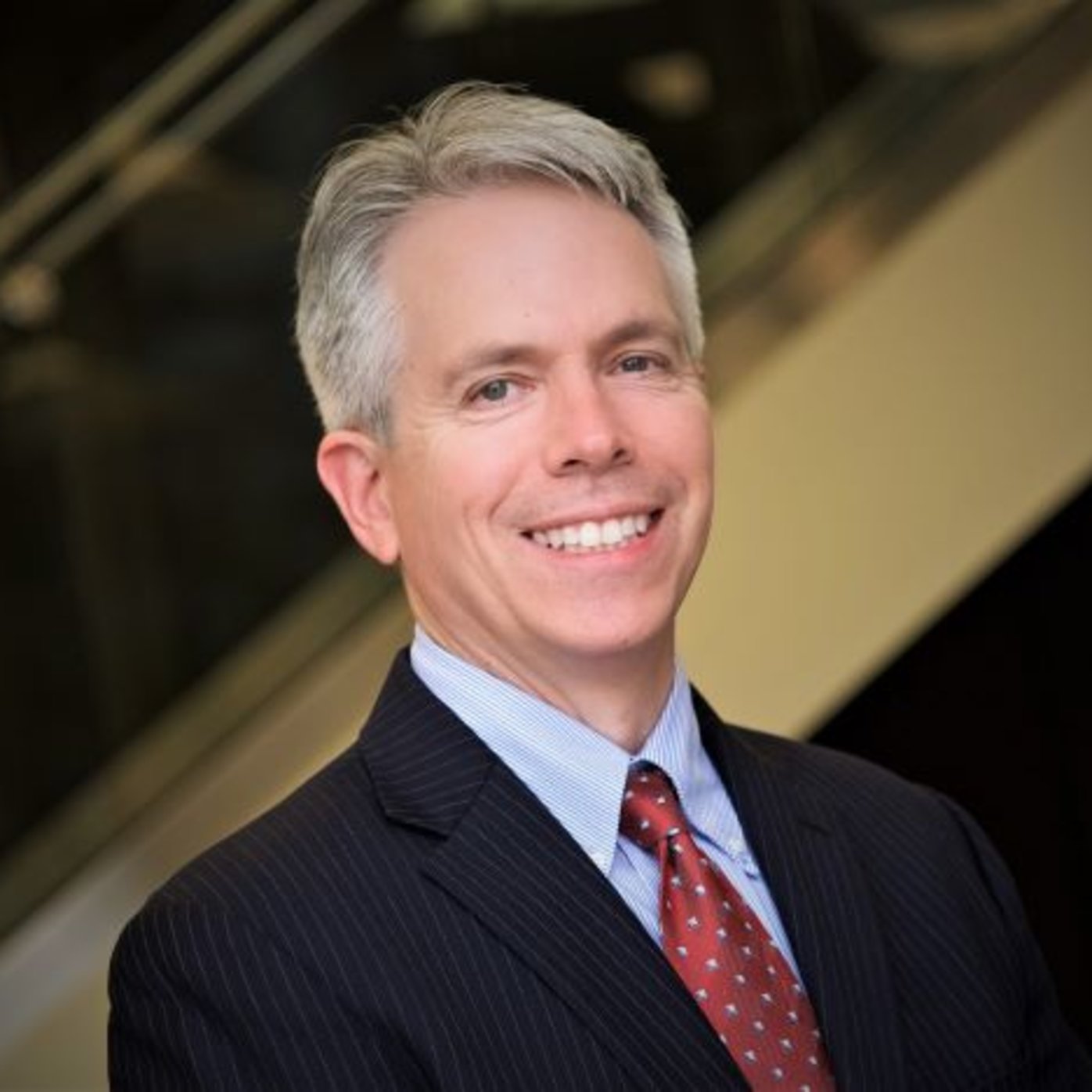
How to recognize the signs of breast cancer
Regular mammograms are vital. But you can be your own best health advocate by also knowing the signs of breast cancer and taking action when needed.
Yoshi was slumped in the passenger seat of my car as I drove north on Interstate 5 from our home in Carlsbad to Naval Hospital Camp Pendleton in Oceanside. Her breathing was becoming more labored, and it seemed like life was leaving her face.
Yoshiko Peczeli, my mother-in-law lovingly known as Yoshi, is an Okinawa native who survived the ferocious WWII battle on her island as a young girl. Now age 88, she had experienced a host of medical issues over the past few years, but this episode appeared to be the most serious.
“My mom just didn’t look right, and her breathing was off,” my wife, Theresa, recalls. “So we decided to make the short trip from home to Camp Pendleton and call the hospital’s emergency department enroute.”
Yoshi’s late husband, my father-in-law, was a gunnery sergeant in the U.S. Marine Corps who received the Navy Cross for extraordinary heroism during the Vietnam War. While I work for Sharp HealthCare, Yoshi has health insurance through Medicare and Tricare, the health care program for service members and their families, and usually receives care at a military hospital or clinic, which is why we took her to the naval hospital.
There, the hospital staff met us curbside and speedily transported Yoshi inside. The medical team soon gave us the news that we suspected — Yoshi was having a heart attack.
Her care providers stabilized her for the night. Early the next morning, they life-flighted Yoshi to Naval Medical Center San Diego, formerly known as Balboa Naval Hospital, where she was cared for by the cardiac team for two weeks until she was well enough to be discharged.
Yoshi looked forward to continuing her recovery at home in Carlsbad. But she was fearful that resuming her normal activities would tax her heart and send her back to the hospital.
“I thought that a rehab program could help my mom regain her strength — and confidence — so she could get back to doing the activities she loves to do, like gardening and taking walks around the neighborhood,” Theresa says.
Yoshi’s doctor agreed. A few weeks later, Yoshi enrolled in Sharp Memorial Hospital’s Cardiac Rehabilitation Program.
Helping Yoshi reach her goals
According to Mia Green, an exercise physiologist at Sharp’s Cardiac Rehabilitation Program, the enrollment process begins by completing an intake questionnaire to assess a participant’s rehab goals as well as their overall physical and mental health. Current prescriptions, level of activity, social support structure and other factors are also recorded.
“Our goal is to improve a patient’s overall quality of life, so we design individualized exercise and education plans focused solely on their healing,” Green says. “In Yoshi’s case, she wanted to get back to gardening and walking, so the program we created for her is intended to help her do that in a physically active and safe way.”
Yoshi’s personalized program includes one-hour sessions every Monday, Wednesday and Friday that focus on cardio, strength and balance training. Her program has an added level of personalization and comfort, as Green is one of several rehab team members who are bilingual and holds her sessions with Yoshi in Japanese.
Getting stronger and making new friends
As Yoshi nears the end of her 36 prescribed sessions, she’s made steady increases in the number of minutes and intensity levels she can reach on cardio equipment, such as the treadmill and stationary bicycle. She has also gained abdominal and leg strength through various chair exercises.
“Yoshi is really excelling in the program,” Green says. “It’s so gratifying for the entire team here when we help patients achieve what they set out to accomplish. We’re so glad to know that Yoshi is now tending to her garden and waving to neighbors on her walks around the block. She’s proof you’re never too old to improve your quality of life if you are physically able to.”
As for Yoshi, she tells me she loves the exercise class. “Everyone is so kind there and they help me to get better,” Yoshi says. “I can go far now with my walker and I am growing my vegetables —Japanese eggplant, green beans, peppers and cucumbers. I also grow orchids.”
Getting stronger isn’t the only benefit the class yields for Yoshi. She enjoys socializing with her fellow rehab patients during her sessions.
“I like seeing the other patients at the class,” she says. “We say hello and talk when we exercise and say ‘hi’ to new patients when they come in. It’s so special.”
Learn more about Sharp’s Cardiac Rehabilitation Program; get the latest health and wellness news, trends and patient stories from Sharp Health News; and subscribe to our weekly newsletter by clicking the "Sign up" link below.

John Cihomsky is the vice president of public relations and communications for Sharp HealthCare.

Mia Green is an exercise physiologist at Sharp’s Cardiac Rehabilitation Program.
Our weekly email brings you the latest health tips, recipes and stories.